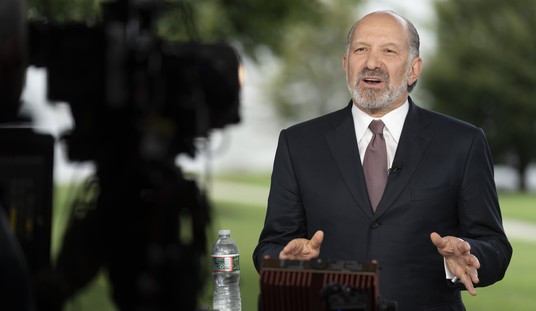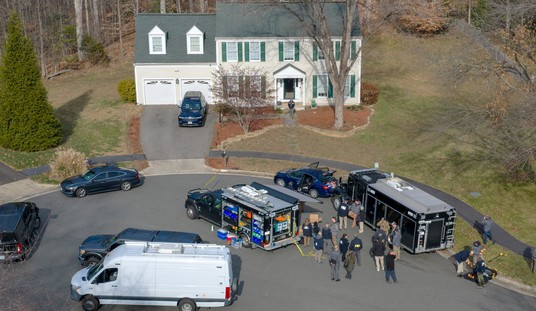The Duke of Wellington, surveying his soldiers before the Battle of Waterloo, famously said that he did not know what they did to the enemy, but by God they frightened him.
No one thought in those days of the psychological effect upon the soldiers of witnessing so much violence (more than 30,000 were killed during the battle, about one in six of those who took part in it); nor could anyone have done so if he had thought of it. But it is now accepted wisdom that active military service leads men subsequently to commit crimes of violence, though the reasons for this are unknown.
A recent paper in The Lancet examined the association of military service and subsequent crimes of violence, which turned out to be much weaker than suspected. The authors examined the criminal records of 8,280 British soldiers who had served in Iraq and Afghanistan with that of 4,080 of those who had not. When controlled for such factors as age, level of education, pre-service record of violent offenses, rank, and length of service, there was no significant difference in the criminal records of those who had served in Iraq and Afghanistan and those who had not.
When, however, those who were deployed in a combat role were compared with those who had not been so deployed, it was found that the former had higher levels of violent offending as measured by their criminal records. Interestingly, however, those who were involved in actual fighting had considerably higher prior levels of violent offending than those not so involved, suggesting that more aggressive types either volunteered or were selected for combat service. Somewhat alarmingly, nearly half of soldiers involved in the fighting had criminal records for violence.
Even after correcting for pre-combat levels of violence, however, actual combat was associated statistically with violent offending. Those who had actually fought were 1.5 times more likely to commit criminal violence than those who had not. This difference was nevertheless smaller than the difference in the levels of pre-combat violent offending between men who were engaged in combat and men who were not so engaged. In other words, by far the best predictor of criminal violence by deployed soldiers was their prior record of violence.
Interestingly, the authors may have underestimated the differences between all groups, and thus the effect of participating in combat. They recorded histories of violent offending in a binary fashion, i.e., criminal record or no criminal record. But a criminal record covers a multitude of sins. Such a record might be a single episode of brawling, or a persistent habit of violence, especially in an extremely lax criminal-justice jurisdiction such as Britain’s. The difference between a single offense and persistent offending is magnified by the fact that ascertainment and detection rates are low. Supposing, as is not unreasonable, that only one in five violent crimes ends in conviction, then someone with one conviction will have on average committed five such crimes, while someone with ten convictions will have committed fifty. It is thus important to know not only that a person has been convicted, but how many times he has been convicted.
Again, it is important to remember that statistical association is not causation. Much of the excess criminal violence committed by men who had been in combat was associated with alcohol abuse. It might be that they were driven to drink by their experiences; on the other hand, they might have had a pre-existing tendency in that direction and would have ended up as drinkers in any case.
Further research, as they say, is required; none of it possible, or perhaps necessary, without computers.
****
ASK DR. DALRYMPLE?
Do you have a question about health and medicine you’d like to see addressed? Click below to contact PJ Lifestyle.












Join the conversation as a VIP Member